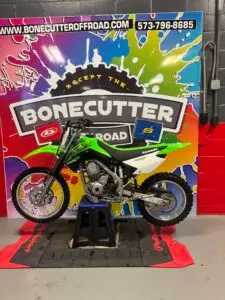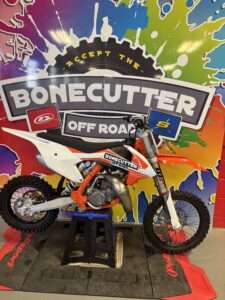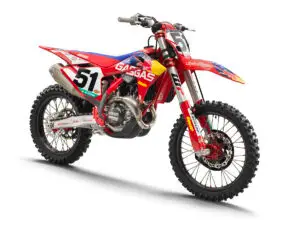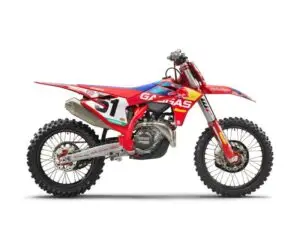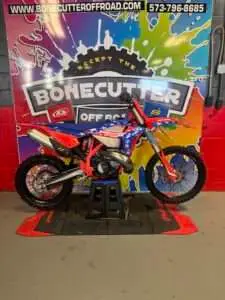
Wrench Tip Wednesday: Clutch Problems
How long a clutch will last depends on the rider and conditions. If you are hard on a clutch, you hopefully are already aware of that otherwise DNF’s could be in your future. When a clutch slips or is in need of replacement, peak performance is hard to come by, so get ahead of the game and preform maintenance. Sometimes, new clutch plates is not the issue, all components that make the clutch work should be checked.

If the clutch lever feels harder when pulled, the cable might need replaced. A cable that is routed badly can also cause this. Make sure the cable is not getting hung up in the handlebars or even the handguards when turning. If it does, fix it, if you don’t chances of it breaking all the way through the line is high which can cause an avoidable DNF.
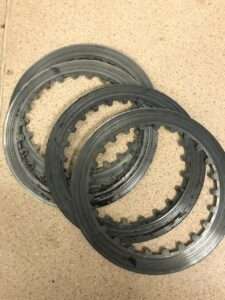
A slipping clutch is annoying because it impacts the power the bike puts on the ground. If you are in a race situation, this feeling is even worse. It will still shift but the doesn’t want to go. You may even smell burnt oil. Generally, worn out clutch plates or pressure plates cause the clutch to slip. In order to figure out which or both is bad, the clutch will need disassembled. Then measure the thickness of both new and used plates using a micrometer. Wore out plates will have less thickness than new plates. The drive plate (steels or aluminum), pressure plate, and fibers all need checked. Sometimes, it is obvious without evening measuring. Look for burn marks on the steels and some bikes are equipped with aluminum plates which will wear quickly. We have even seen broken fibers.
A worn-out clutch basket can cause poor disengagement. The power is affected greatly by this but instead of the gears slipping, the gears are sticky. The shift lever will have a delay when shifting through the gears. If this is happening to you, disassemble the clutch and check the fingers on the basket and make sure they are smooth. Over time, clutch plates wear grooves in the fingers of the basket which makes the clutch not disengage properly. Before pulling the basket, check the pressure plate wear, look for broken fibers, or warped steel plates because that is an indicator for clutch basket and hub wear.
What does a clutch pack include? Clutch plates such as fibers and steel make up the pack. The basket, pressure plates, and cover gasket are not included. Some manufactures, such as Hinson, sell springs in their clutch packs. If you burn a clutch often, the springs definitely need to be replaced. Putting stiffer springs is also an option to lessen the wear or better yet avoid being so aggressive on the clutch.
If you have an auto clutch, such as Rekluse, all above is the same. From our personal experiences, if a Rekluse auto clutch is set up correctly the clutch pack can last a long time. My race bike (2018 Beta 250) has 100 hours on it and is just now needing a clutch. Getting that much time on a clutch makes the price worth it!
If a rider keeps up on oil changes the clutch will last longer than the rider who lets their oil get burnt before changing. Using good quality oil also makes a difference. For Beta we prefer, Motul Transoil and the Beta USA race team uses Motul 7100 10w-40 and it works out great in the 2t clutches. Sherco has a wet clutch so we use BelRay Thumper in it. Keep in mind, clutch issues can make or break you come race day so pay attention prior to race day how the clutch feels and what the oil looks like coming out of it. If you are hard on a clutch, own up to it and keep track of your hours.
